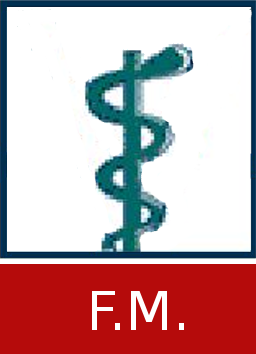Thesis, COLLÉGIALITÉ
Masset, Gérald 
Promoteur(s) :
Espuny Camacho, Ira Mercedes 
Date de soutenance : 6-sep-2022 • URL permanente : http://hdl.handle.net/2268.2/15907
Détails
| Titre : | Thesis, COLLÉGIALITÉ |
| Auteur : | Masset, Gérald 
|
| Date de soutenance : | 6-sep-2022 |
| Promoteur(s) : | Espuny Camacho, Ira Mercedes 
|
| Membre(s) du jury : | Javier Torrent, Míriam 
Bonafina, Antonela 
Grill, Christine 
|
| Langue : | Anglais |
| Mots-clés : | [en] Alzheimer’s disease [en] Human pluripotent stem cells [en] Brain organoid models |
| Discipline(s) : | Sciences de la santé humaine > Neurologie |
| Centre(s) de recherche : | GIGA Stem Cells |
| Institution(s) : | Université de Liège, Liège, Belgique |
| Diplôme : | Master en sciences biomédicales, à finalité approfondie |
| Faculté : | Mémoires de la Faculté de Médecine |
Résumé
[en] Alzheimer’s disease (AD) is the most frequent cause of dementia in the elderly. Although it was discovered in the early 1900's, no disease-modifying treatment has been discovered to cure this disease and the pathogenesis still remains enigmatic. Current animal models of the disease cannot recapitulate all hallmarks present in the brains of AD patients. Human pluripotent stem cells (hPSC) whether isolated from the embryo (human embryonic stem cell, hESC) or reprogrammed from somatic cells from a donor (human induced pluripotent stem cells, hiPSC) are an unlimited source of cells that can be differentiated into any cell types of the body. hPSC can therefore be used to generate cell types such as brain cells as models to advance our knowledge in AD.
In this project, I generated three reprogrammed hiPSC lines derived from three different familial AD (FAD) patients. These hiPSC lines were validated for pluripotency by immunofluorescence experiments and quantitative PCR to detect the expression of stemness genes. Moreover, I used these hiPSC lines to differentiate spontaneous embryoid bodies that are composed of cells derived from any of the three germ layers of an embryo: endoderm, mesoderm and ectoderm. All these experiments confirmed the pluripotency of the hiPSC lines generated. In the next part, I generated cortical brain organoids from wild type hESC and transgenic hESC transduced with the human amyloid precursor protein (APP) carrying FAD mutations. Brain organoids were analysed and characterized for the presence of AD hallmarks in vitro. I confirmed that human brain organoids derived from AD hESC express higher levels of APP. Interestingly, AD hESC-derived organoids revealed some differences related to cortical layer identity as well as lower levels of expression of maturation markers and higher levels of expression of glial markers. Finally, I have observed that AD hESC-derived brain organoids showed increased Tau phosphorylation levels, a major AD hallmark.
Overall, this suggests that this model is of potential interest for the study of Alzheimer's disease.
Fichier(s)
Document(s)

 MASSET Gérald (S171023) - Thesis.pdf
MASSET Gérald (S171023) - Thesis.pdf
Description:
Taille: 12.97 MB
Format: Adobe PDF
Citer ce mémoire
L'Université de Liège ne garantit pas la qualité scientifique de ces travaux d'étudiants ni l'exactitude de l'ensemble des informations qu'ils contiennent.


 Master Thesis Online
Master Thesis Online




